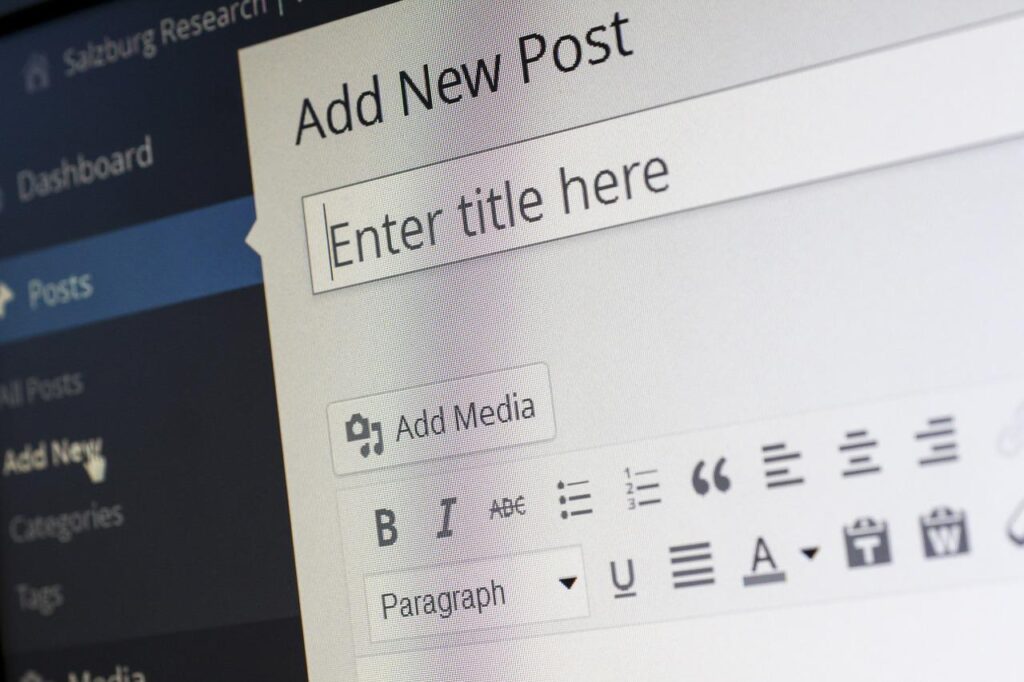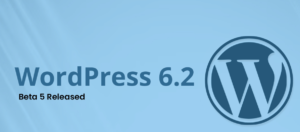
If you want to be acknowledged as a professional but don’t have a portfolio, try setting up a WordPress portfolio site. It may appear tough at first, but once you get started, you’ll find that building a professional website using WordPress is extremely straightforward.
When you use WordPress, you receive a lot of advantages. First and foremost, WordPress is completely cost-effective. The second reason to use WordPress is that you can have a lot of fun with it by using different themes and plugins.
We are excited to further assist you with this process. So we have come up with a comprehensive guide on how to create a portfolio site on WordPress. Rest assured, we have got everything you need.
Let’s get started.
- Select A WordPress Host
Choosing a great WordPress host can be a simple process if you focus on 4 major things.
Scalability: If you wish to explore additional initiatives ahead, your host must be able to manage high-level domains.
Security: Web protection should be given attention by a reputable host, and solutions to protect you should be available.
Support: This is a must-have. You’ll have a connection to a dependable customer support crew if something turns out badly with your website.
Reputation: While any web host will have its critics, you should choose one with an established reputation.
After successfully choosing a reputable WordPress host, move on to the next step.
- Proceed with the installation of WordPress
Unlike other platforms, WordPress installation is just a click away. First of all, you have to sign up with the host and get access to the private c panel. Here you will be able to access an option that will help you to install wordpress with just a click.
Some third-party installation applications can also help you with that. For example, the Softaculous Installer immediately redirects you to the WordPress option where you will see the “Install Now” button to begin the process.
After that, you will be able to see a self-explanatory form where you will provide basic information such as the name, description, account name, and password.
Fill in all the required information and click on the “Install” button.
Congrats! You have created your website. However, the process of turning it into a professional portfolio website is still remaining.
- Do some research and find the suitable themes and plugins
No one can tell you exactly what themes and plugins you should choose. You can prefer some themes due to their responsiveness and plugins due to their usefulness. To put it in simple words, it depends on your unique needs.
You must install the appropriate portfolio WordPress theme as well as one or two intriguing plugins when you’ve found them.
- To get started, go to the WordPress dashboard. You may access it by going to YOURSITE.com/wp-admin. Log in and familiarize yourself with the dashboard:
- Take a glance at the Appearance and Plugins tabs for further information. When you tap on Appearance, you’ll see an Add New feature on the next screen. When you select that, you’ll be sent to a new display where you may choose from one of WordPress’ preset themes or upload your own.
- When you choose Upload Theme, a screen appears asking you to find your installed theme on your desktop. Select the file, then select Install Now to complete the installation.
The procedure for installing any plugins is pretty much the same. Instead of Appearance > Themes, everything happens on the Plugins tab.
Remember that you will also have to activate your themes or plugins.
Refer to WordPress website for FAQ and HOW TO
- Build A Header
The practical process of creating your portfolio starts here. Now you have everything from the WordPress website to the working theme, host, and plugins, you can now easily start with header building.
Remember that header is a full-width image that delivers a quick and clear message with a call to action.
To create a header, you again have to move to the Appearance tab, click on the Customize option, add header content and adjust the theme accordingly.
- Updating the text in the Big title section under Content.
- In the same area, changing the text of the first button and eliminating the second.
- Turning on the effect by adding a new image. This allows us to utilize a picture instead of basic colors as a background.
- Build A Project Gallery
It is the place on your WordPress website where you add all the latest projects to show your credibility. For example, if you are a writer, you can add all of your past articles and set proper featured images for each one.
The portfolio section should appear just underneath the header. You can also add unique featured images for each project.
Make sure to add some additional content in the About Us section. It will give the prospective clients a quick overview of who you are and what your services are.
- Know What To Write In About Me Section
In the Customizer section, you will see an option to add About Us. The option names vary from theme to theme. Sometimes you see it with the name of Our Focus section but you can always change it to About Me or About Us.
- Build A Contact Form
To check out what your prospective clients think and whether or not they want to reach out to you, you need to build in the contact form. Various plugins like WPForms allow you to add a Contact Us section in the Customizer tab.
This segment’s contact form is ideal for our requirements, so all we have to do now is change the titles. Using the Main content tab, we may do so:
Return to the Big title page, into Content, and add #contact beneath the First button link before proceeding on to the last step. This is known as anchor text, and it connects your call to action to the contact form that appears below it.
After that, have a look at our entire site to see where you may go from here.
- Appreciate Your Successful Work
The last and the most important step is to take a moment to step back and see how excellently you have created a professional-looking portfolio site.
When you use WordPress, there is always room for creativity. So do not forget to play around with new sections, projects, and individual pages.
Conclusion
A well-designed WordPress portfolio site may open many avenues to contacting (and convincing) fresh clients. It allows you to differentiate yourself from the crowd by giving companies a better understanding of your talents. The overall process will require some practice – especially if you’re unfamiliar with WordPress – but as we’ve demonstrated, it’s certainly doable with the least amount of effort.
Now try setting up a WordPress portfolio site on your own.
Take a look to our webhosting service, build for wordpress www.keepinhosting.com





